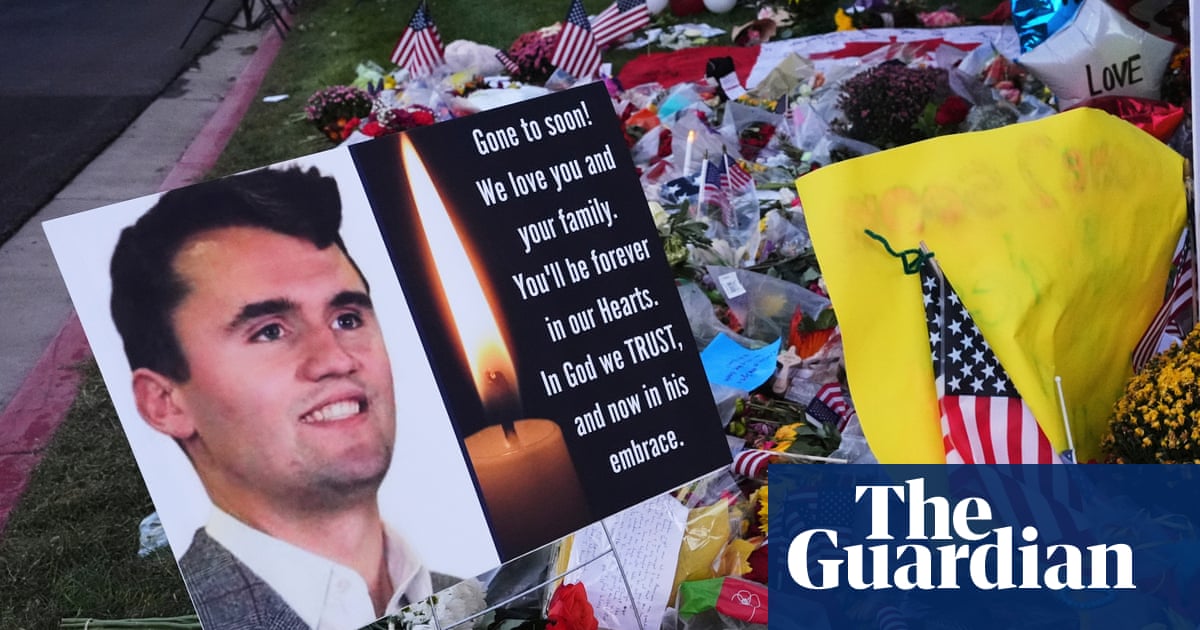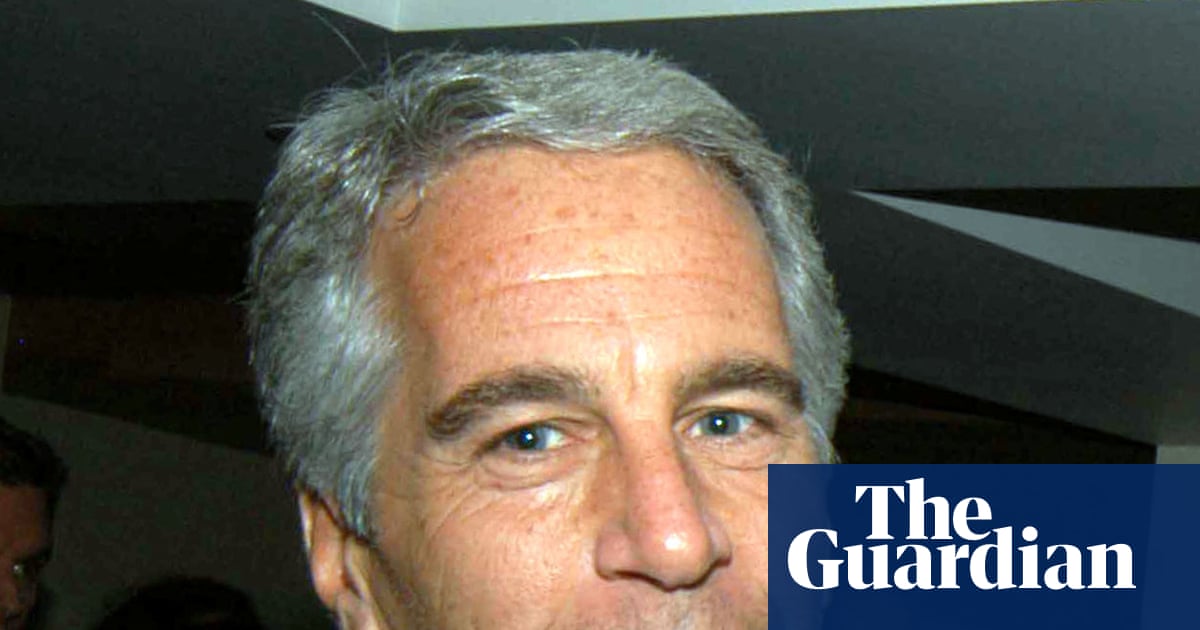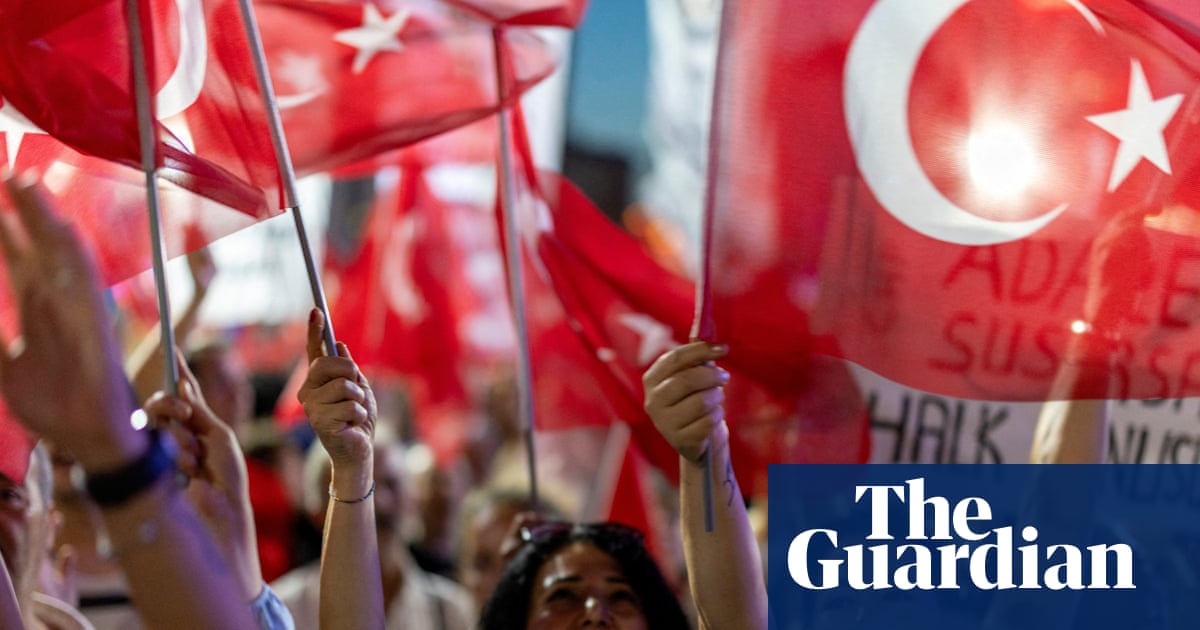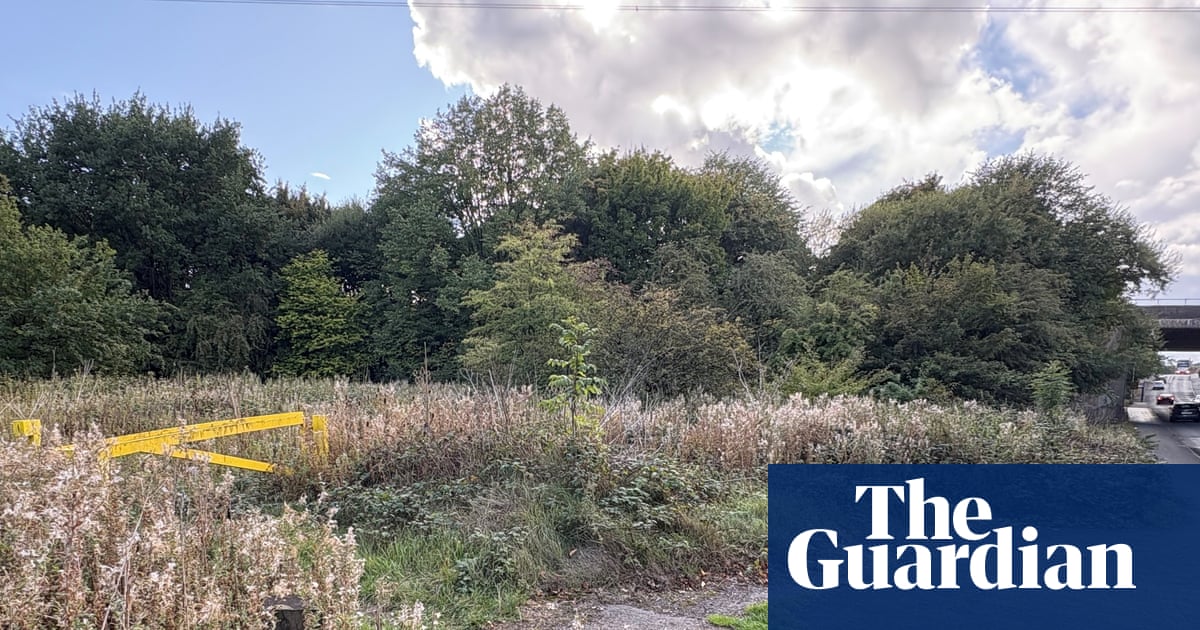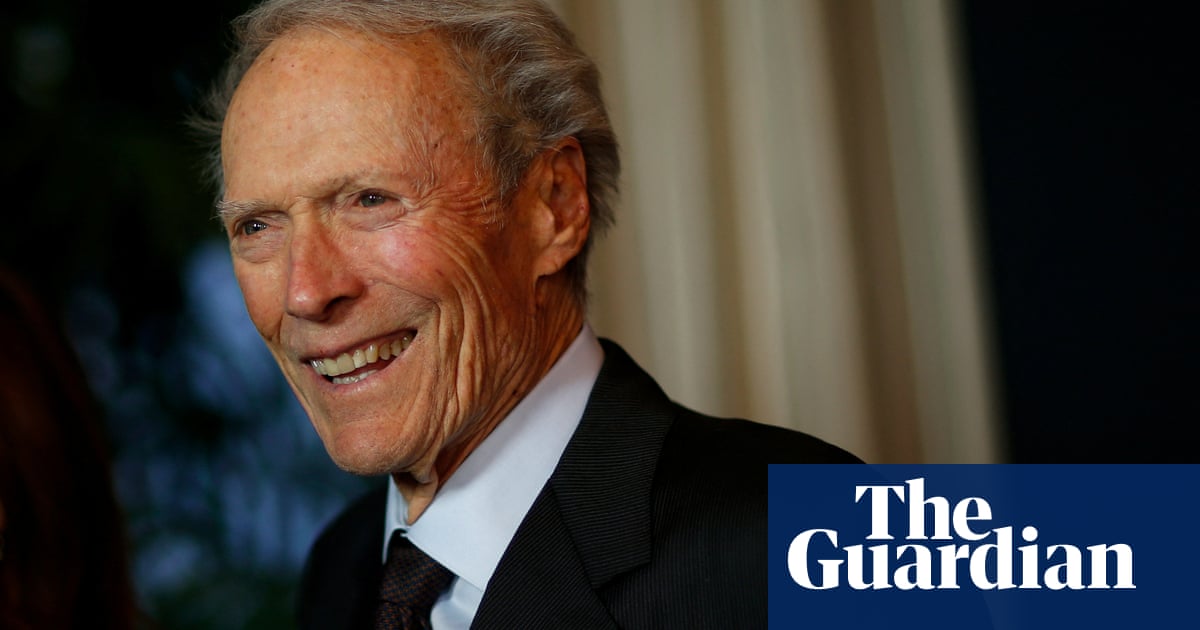The United States has bombed Iran. Donald Trump announced on Sunday that B2 bombers attacked three nuclear sites including the Fordow nuclear site, sometimes referring to as the crown jewel of Iran’s nuclear program.
As the world waits for Iran’s response, it is worth revisiting events since 12 June, when Israel, with US support, attacked the Islamic Republic. The official reason is nuclear weapons. The real reason I contend is the elimination of the Iran-led Axis of Resistance and establishing Israel regional hegemony over the Middle East with tacit support from Arab autocrats.
According to American and Israeli leaders, Iran was about to construct a nuclear weapon. Israel was forced to engage in a preemptive attack by way of response. “Israel’s very survival” was at stake according to Benjamin Netanyahu while Trump claimed Iran was “very close to having a weapon”. Tulsi Gabbard, the US director of National Intelligence, has now fallen in line. Weeks after testifying before Congress that Iran was not pursuing a bomb, thus undermining Trump’s stated position and embarrassing him politically, she now claims Iran could get a bomb “within weeks”.
No serious analyst of Iran’s nuclear program believes this to be true. As the head of the International Atomic Energy Agency has affirmed, there was no indication of a “systematic program in Iran to produce a nuclear weapon”. CNN reported last week that according to US intelligence assessments, “not only was Iran not actively pursuing a nuclear weapon, it was also up to three years away from being able to produce and deliver one to a target of its choosing”
If Iran’s nuclear program was not an imminent threat, what motived the US-Israeli attack? Why now? The answer is political opportunity.
First, the Islamic Republic of Iran has never been weaker. Decades of economic sanctions and government corruption have impoverished the average citizen while enriching the ruling elite. Official poverty figures reveal that roughly one third of Iranians live in poverty, and the real figure is believed to be much higher. Early this year, for example, the state run Mardomsalari newspaper had front page headline: “The 400% Drop in Wages Over a Decade.” Iran’s economy is broken, and its citizens are struggling to survive.
Internally, the Islamic Republic suffers from a crisis of internal legitimacy. This was on full display after the death of Mahsa Amini in September 2022 that saw the birth of the “Women, Life, Freedom Movement” that rocked Iran and shined a global spotlight on its sordid human rights record. Over 60% of Iran’s population is under the age of 30. They have no memory of life before the 1979 Revolution. Their moral reference point is religious authoritarianism and clerical rule which they overwhelmingly reject. If there was referendum in Iran today, no serious Iran expert doubts that the Islamic Republic would lose the vote by a wide margin. While the recent bombing of Iran has produced a rally-around-the-flag effect it is too soon to make any conclusive determination on how widespread this phenomenon might become.
Regionally, Iran has never been weaker. The loss of its main regional ally in Lebanon, Hezbollah was a huge blow to Iran’s regional influence and its national defense doctrine. A core reason why Iran has supported and armed Hezbollah was for a moment like this. In the event of a direct Israeli or American attack on Iranian soil, it was assumed that Hezbollah would open a second front against Israel. This is no longer an option after Israeli’s sophisticated attack on Hezbollah last summer effectively neutralized this organization. The toppling of the Assad regime in Syria and the weakening of Iran-backed militias in Iraq contribute to this overall picture of Iranian geostrategic weakness. This has produced a golden opportunity for Israel to press ahead in the hope of delivering a blow to its chief regional rival.
Israel seeks to be the regional hegemon and for a long time Iran stood in its way. The real threat Iran has historically posed to Israel, rhetoric aside, has never been existential but rather strategic and ideological. As we are seeing today, there is a vast power imbalance between the two countries measured in terms of military hardware, intelligence capabilities and international support. They all strongly favor Israel. Iran cannot protect its top military leaders and nuclear scientists. It cannot even protect its own airspace.
The real Iranian threat to Israel is rooted in Iran’s ideological opposition to Israeli and American policy in the region. Its “Axis of Resistance” has sought to actively challenge, both in words and in deeds, Western influence in the region. Iran and its allies have also sought to rally popular opinion in the Arab-Islamic world around this anti-imperialist theme. This is the real Iranian threat that the United and Israel seek to eliminate.
During the cold war in Latin America, a similar situation existed. The enemy back then was Fidel Castro and Cuba. Regional instability was frequently blamed on communist insurrection orchestrated by Cuba and after 1979 by Nicaragua. Like Iran today, Cuba’s regional destabilizing role was grossly exaggerated in American foreign policy circles, and it was demonized in similar ways and for identical reasons. The Cuban threat, the like the Iranian one today, was that these countries had foreign policies that were outside of a US influence and control. This is the primary reason why they were attacked and portrayed as enemy states.
Iran’s threat is not nuclear weapons. Recall, Iran’s ability to weaponize its nuclear program was effectively curtailed in 2015 when it negotiated a deal with the Obama administration. At the urging of Netanyahu, Trump tore up that agreement three years later which set the stage for today’s crisis. The real Iranian threat is that it has an independent foreign policy. This does not mean Tehran has a good foreign policy on normative or ethical grounds; far from it. It simply means Iran operates independently as an actor in the Middle East challenging American and Israeli hegemony. This is the real Iranian threat that the US and Israel seek to eliminate.
-
Nader Hashemi is associate professor of Middle East and Islamic politics and director of the Alwaleed Center for Muslim-Christian Understanding at the Edmund A Walsh School of Foreign Service at Georgetown University

 2 months ago
84
2 months ago
84



